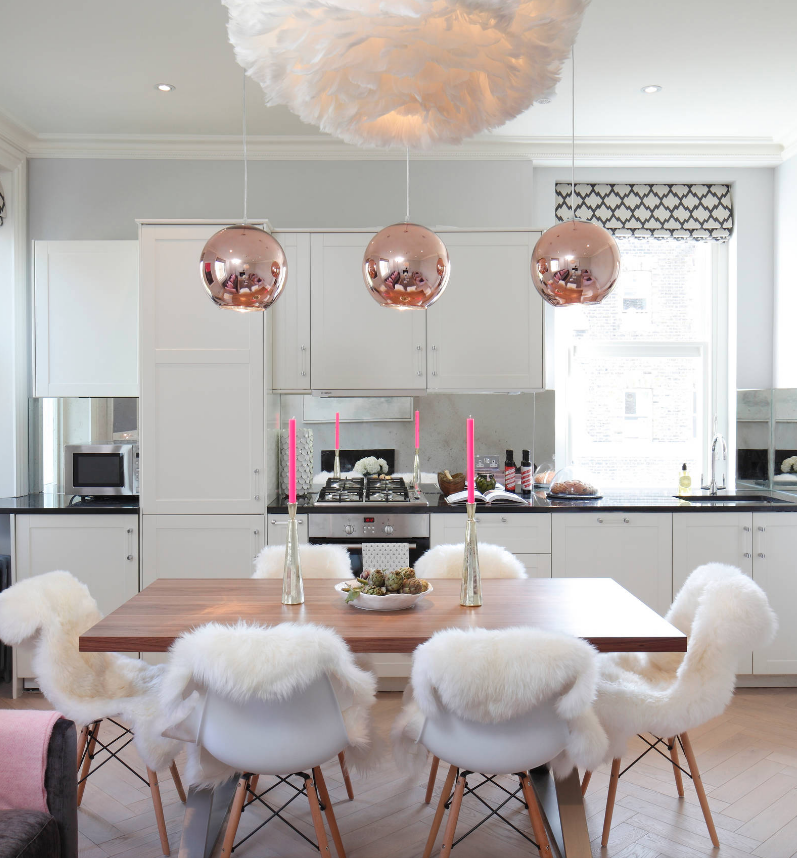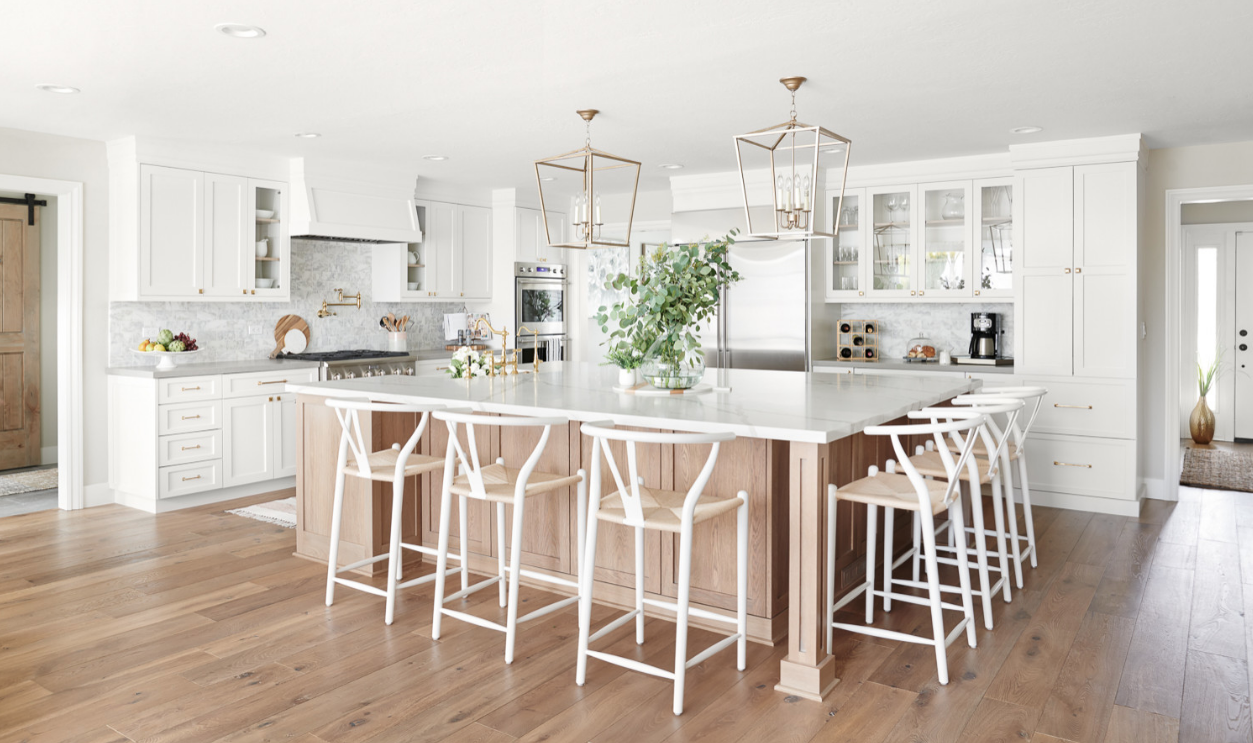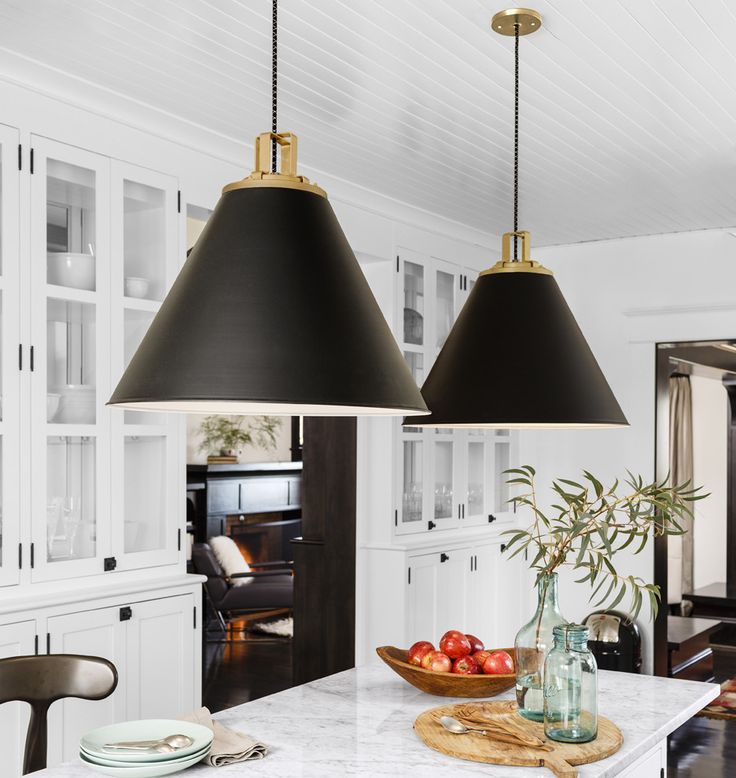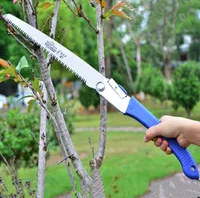The Ultimate Guide to Choosing the Perfect Kitchen Worktop
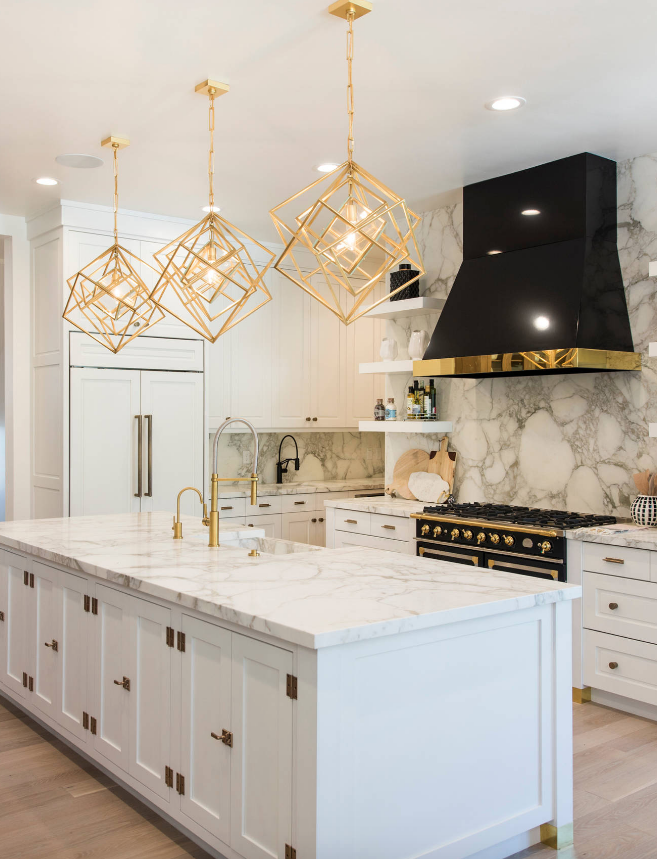
Your kitchen worktop is more than just a surface for food preparation—it’s the cornerstone of your kitchen’s functionality and aesthetic appeal!

With countless materials, finishes, and styles available, selecting the right worktop can feel overwhelming. Whether you’re renovating on a budget or investing in a premium finish, understanding your options is crucial to making a decision you’ll be happy with for years to come. This comprehensive guide will walk you through everything you need to know to choose the perfect worktop for your kitchen.
Understanding Your Worktop Options
Material Matters: Exploring Popular Choices
The material you select will dramatically impact your kitchen’s durability, maintenance requirements, and overall look. Natural stone options like granite and marble offer timeless elegance but come with premium price tags and specific care needs. Quartz surfaces provide excellent durability with minimal maintenance, making them increasingly popular among busy households.
For those seeking exceptional value without compromising on style, Laminate Worktops have evolved significantly in recent years. Modern laminate surfaces convincingly replicate the appearance of natural materials while offering practical benefits like easy maintenance, stain resistance, and budget-friendly pricing. They’re an excellent choice for families, rental properties, or anyone wanting a stylish kitchen without the substantial investment required for stone or solid wood.
Style and Aesthetics
Your worktop should complement your kitchen’s overall design scheme. Consider how different materials and finishes work with your cabinetry, flooring, and backsplash. Light-colored worktops can make smaller kitchens feel more spacious, while darker tones create dramatic focal points in larger spaces.
Current design trends favor clean lines and natural textures. Wood-effect finishes bring warmth and character, while concrete-look surfaces offer industrial chic. Marble-effect patterns remain timelessly elegant, suitable for both traditional and contemporary kitchens.
Practical Considerations for Your Kitchen
Durability and Lifestyle Needs
Assess your household’s specific requirements before making your selection. Families with young children need surfaces that can withstand daily wear, spills, and the occasional dropped plate. Avid cooks require heat-resistant materials that won’t scorch when hot pans are temporarily placed on them.
Consider your maintenance preferences honestly. Some materials demand regular sealing, specialized cleaning products, or professional care. Others simply need wiping down with soapy water. Your chosen worktop should fit your lifestyle, not complicate it.
Budget Planning
Kitchen worktops represent a significant portion of renovation budgets, typically ranging from budget-friendly options around £50 per square meter to premium materials exceeding £500 per square meter. Remember to factor in installation costs, which vary depending on material complexity and edge treatments.
Setting a realistic budget doesn’t mean sacrificing quality or style. Many mid-range options deliver excellent performance and aesthetics. Prioritize the areas that matter most—perhaps investing more in your main preparation area while choosing cost-effective solutions for less-used sections.
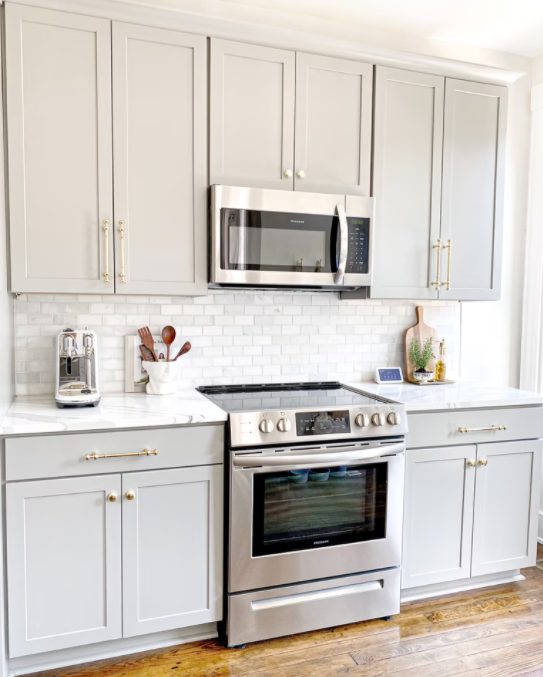
Installation and Maintenance
Professional Installation vs. DIY
While some homeowners tackle worktop installation themselves, professional fitting ensures proper measurements, seamless joints, and appropriate support. Complex materials like stone typically require specialist installation, while some laminate and wood options may be suitable for confident DIYers.
Professional installation often includes templating services, ensuring your worktop fits perfectly around sinks, hobs, and awkward corners. This precision minimizes waste and guarantees a polished finish.
Long-Term Care
Different materials demand varying maintenance routines. Natural stone surfaces generally require periodic sealing to maintain their protective barrier against stains and moisture. Wood worktops benefit from regular oiling to preserve their appearance and water resistance.
Laminate surfaces stand out for their low-maintenance nature, typically requiring only regular cleaning with standard household products. Avoid abrasive cleaners that might damage the surface finish, and use chopping boards to prevent scratches from knives.
Making Your Final Decision
Weighing the Pros and Cons
Create a shortlist of materials that meet your budget, aesthetic preferences, and practical requirements. Visit showrooms to see and touch samples in person—colors and textures can appear quite different in real life compared to online images.
Request samples to take home, placing them in your actual kitchen to assess how they look in your space’s specific lighting conditions. This step prevents costly mistakes and ensures you’re genuinely happy with your choice.
Sustainability Considerations
Environmentally conscious homeowners should investigate the sustainability credentials of their chosen materials. Look for products made from recycled content, sustainably sourced wood with FSC certification, or materials manufactured with minimal environmental impact.
Consider longevity as part of sustainability—a durable kitchen countertop that lasts decades ultimately proves more eco-friendly than cheaper options requiring frequent replacement.
Frequently Asked Questions
What is the most durable kitchen worktop material?
Quartz and granite are among the most durable options, offering excellent resistance to scratches, heat, and stains. However, modern laminate and solid surface materials have significantly improved and now offer impressive durability for everyday family use at more accessible price points.
How much should I budget for kitchen worktops?
Budget allocation depends on your chosen material and kitchen size. As a general guideline, expect to spend 10-15% of your total kitchen renovation budget on worktops. For an average-sized kitchen, this typically ranges from £500 for budget-friendly materials to £3,000+ for premium stone surfaces, including installation.
Can I install kitchen worktops myself?
Some materials are DIY-friendly, particularly laminate and certain wood options that come with clear instructions and don’t require specialized tools. However, stone materials, complex layouts, or kitchens with multiple cut-outs typically benefit from professional installation to ensure proper fitting and avoid costly mistakes.
How do I maintain laminate worktops?
Laminate worktops require minimal maintenance—simply wipe them down regularly with warm, soapy water or standard kitchen cleaners. Avoid abrasive scrubbers that might damage the surface, always use chopping boards to prevent knife marks, and promptly wipe up spills to maintain their appearance.
What’s the best worktop material for resale value?
Stone materials like granite and quartz are often perceived as premium options that can enhance property value. However, the best choice depends on your overall kitchen design and target market. A well-maintained, stylish kitchen with quality mid-range materials often appeals more to buyers than dated designs with expensive worktops.
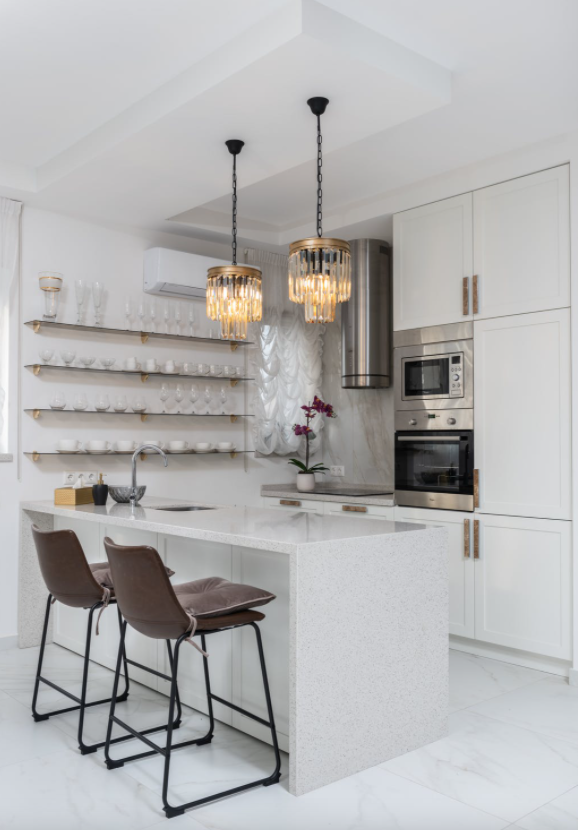
Conclusion
Selecting the perfect kitchen worktop involves balancing aesthetics, functionality, budget, and lifestyle requirements. Whether you’re drawn to the natural beauty of stone, the warmth of wood, or the practical benefits of modern engineered materials, today’s market offers exceptional options for every preference and price point.
Take time to research thoroughly, visit showrooms, and consider how your choice will serve you in daily life. The right worktop transforms your kitchen into a space that’s not only beautiful but genuinely enjoyable to use. By carefully considering all factors outlined in this guide, you’ll make an informed decision that enhances your home for years to come.


